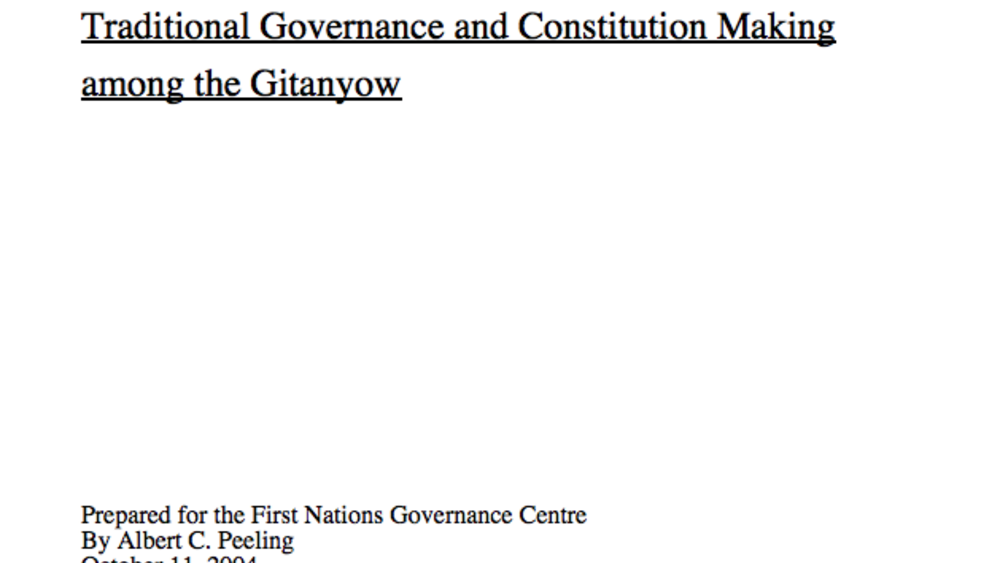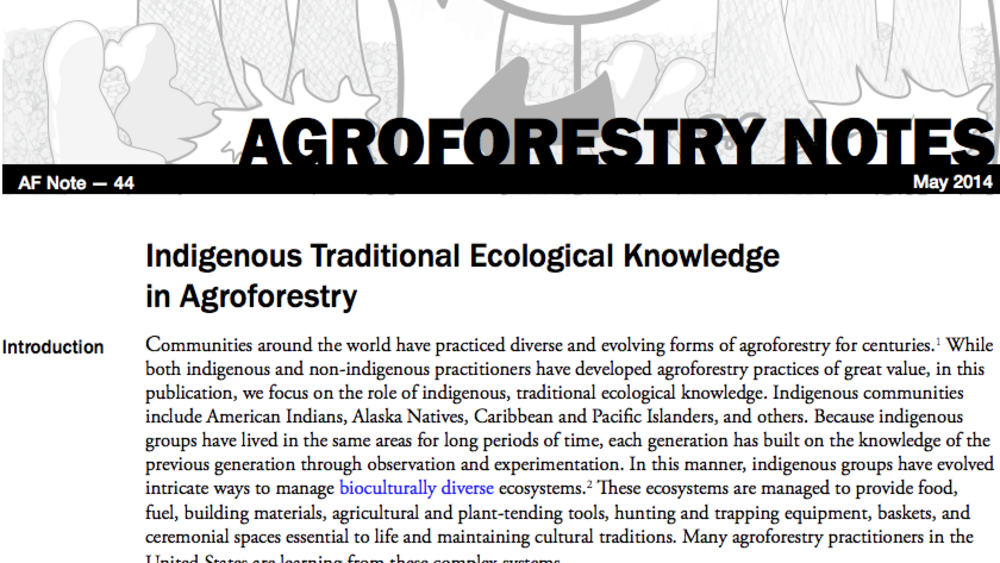In the early 19th century, British and Canadian governments began interfering directly with the autonomy and sovereignty of Indigenous nations. They forcefully disposed of traditional governments and replaced them with a system of indirect rule effected through newly created offices of Chief and Councilor. Initially viewed as an experiment in "civilization" and "assimilation", this system soon became preferred federal policy and was institutionalized in the Indian Act using Band Councils...
Additional Information
Carleton University Centre for Community Innovation. "Traditional Governance and Adapted Forms of Government." Excerpted from First Nations Governance Pilot Projects: Challenge and Innovation. A Final Report Prepared for the National Centre for First Nations Governance. February 2005. Report. (https://fngovernance.org/wp-content/uploads/2020/06/Traditional_Governance_Questions.pdf, accessed June 28, 2024)




